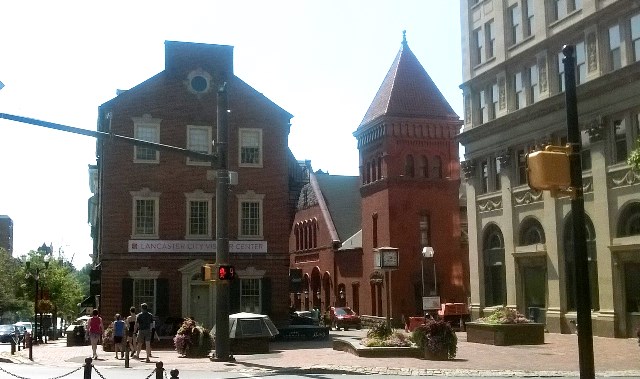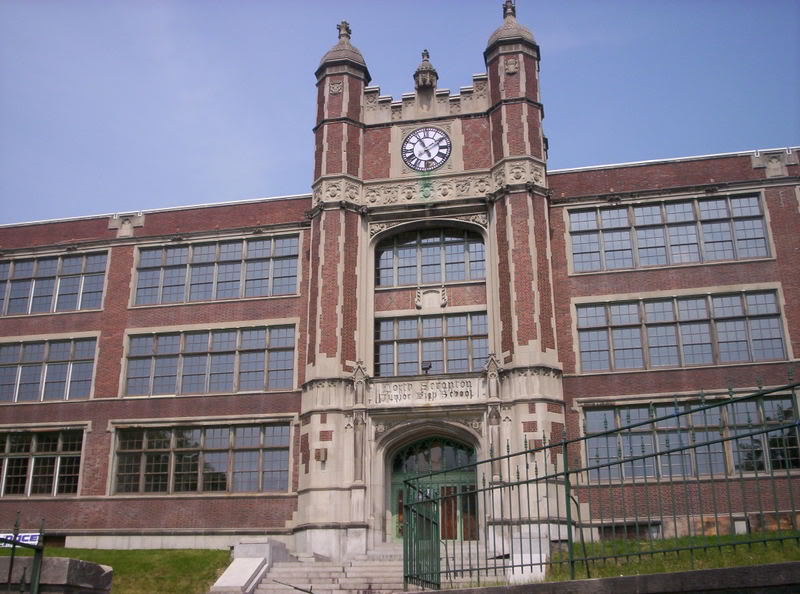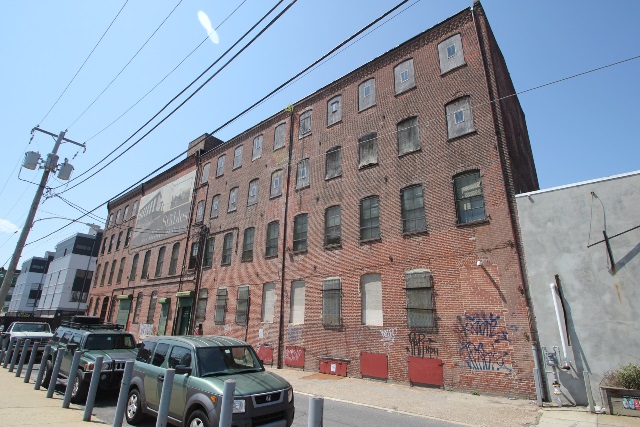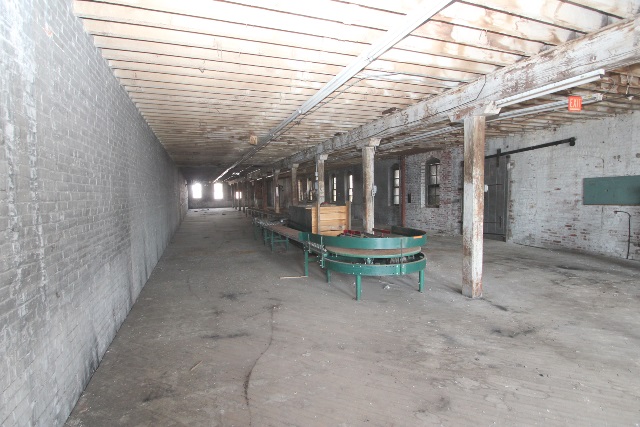It’s that time again!
As some of you may know, the National Park Service highlighted Pennsylvania in their #50for50 social media campaign earlier this month. This initiative is part of their broader effort to celebrate and recognize the 50th anniversary of the National Historic Preservation Act this year. Each week, NPS has been promoting the interesting, meaningful, and successful historic preservation work being done in each of the 50 states, the District of Columbia, and U.S. territories. (FYI, this week is South Carolina’s turn!)
Here at PHMC, we participated by adding the #50for50 and #Preservation50 hashtags to all of the preservation-related posts on the Pennsylvania Trails of History Facebook page and @PHMC Twitter feed. I think NPS could have featured Pennsylvania’s successes for a year and still not have gotten through them all, but alas, we need to share the limelight. So, I thought it would be a great idea to share with you some of the stories that didn’t get aired that week and that we haven’t covered in previous posts and Shout-Outs.

So, here are few Shout-Outs from our #50for50 list:
Lancaster City Certified Local Government
The City of Lancaster, in Lancaster County, PA became a Certified Local Government in 1990 and today is one of 45 CLGs in Pennsylvania. Lancaster City leverages the federal financial assistance offered through the CLG program to administer their two preservation ordinances and provide ongoing technical assistance to contractors and property owners. In the past year, Lancaster City has used its CLG grant to focus on educating contractors and craftspeople who work in the city’s historic districts.

Lancaster’s Central Market Square, 2015.
Working with a professional filmmaker, City staff created a short video to be shown in building-related courses at the Thaddeus Stevens College of Technology to introduce the next generation of contractors to Lancaster’s historic architecture and preservation programs. You can take a look at the video here on the City’s Architectural Heritage webpage. The grant also supported an inaugural workshop, conducted by a local contractor, to educate active contractors about preservation, best practices for retaining original building fabric and features, and how to navigate HARB reviews. The project included compilation of a new database of local contractors to be used by the City for ongoing outreach and notifications about future events, news or useful resources.
North Scranton Junior High School, Scranton, PA
After 21 years of planning and many false starts and stops, Goodwill Industries was able to complete the major rehabilitation of the former North Scranton Jr. High School into affordable housing for the area’s seniors. The first residents were able to start moving in January 2016. Built between 1922 and 1924 as a the city’s first junior high school, this large three-story brick and stone neighborhood school was listed in the National Register of Historic Places in 1999 for its architecture and its role in the development of Scranton’s school system. (Take a look at the nomination if you want to learn more about this great property!)

North Scranton Jr High School
Using the National Park Service’s historic tax credit program, the $24 million dollar project included exterior repairs, new windows, and a new roof to replace the original one that had fallen into the 300-seat auditorium. Each of the 58 apartments has 9’ ceilings and large windows and the auditorium has been restored for facility and community events. Many of the current residents are former students, making the connection with this significant local landmark even stronger.
Times Finishing Works/Bloch Go-Cart Company Building, Philadelphia, PA
Philadelphia’s Times Finishes Works, later known as the Bloch Go-Cart Company Building, was built and expanded five times over a period of 90 years from 1840 and about 1930 on American Street in the city’s Kensington section. This large brick factory was listed in the National Register of Historic Places on July 5, 2016 under Criterion A for Industry. While located at American Street from 1879 to 1906, the Times Finishing Works specialized in the finishing of cotton and woolen goods and was the largest exclusive textile finisher in the Kensington neighborhood in the 19th and early 20th centuries.

Times Finishing/Bloch Go Cart Bldg. Photo by Robert Powers, April 2015 for National Register nomination.
The Bloch Go-Cart Company moved into the space vacated by the Times in 1906 and stayed until 1925. Bloch was an innovator in the field of baby carriers and, during its time at American Street, was the largest manufacturer of children’s carriages and associated items in Philadelphia. Interestingly, the word “go-cart” is an older, traditional term for a stroller or baby carriage; while we can’t say why the company chose to use this term, we can say that they didn’t invent it.

Interior of the Times Finishing/Bloch Go Cart Bldg. Photo by Robert Powers, April 2015 for National Register nomination.
That’s it for this month’s Shout-Outs. A quick reminder: I can’t Shout-Out about it if I don’t know about it! If there is something going on in your community, agency, or organization that I should shout about, send me an email and a photo or two at ssplain@pa.gov. Thanks!

Leave a Reply